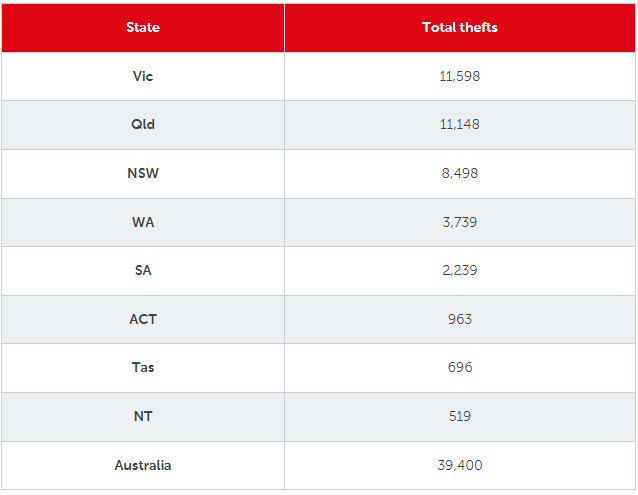As an amateur welder, every arc you strike is an opportunity to refine your technique. Along the way, however, you may find yourself grappling with a common frustration: welding splatter. Those droplets of molten metal can turn your welding session into a messy affair, leaving you wondering what went wrong. But once you understand what causes welding splatter and how to avoid it, your work will quickly improve.
Welding spatter, the small molten metal droplets that scatter during the welding process, primarily originates from the welding arc. When an arc is established between the welding electrode (or welding wire) and the base metal, several phenomena occur that contribute to spatter formation. These include incorrect machine settings, contaminants in the welding material, and improper torch angle and speed, among others. Below are explanations for the common causes of welding spatter and how to correct them for better welds.

Causes and Cures For Welding Spatter
Improper voltage and current settings – Incorrect settings can lead to excessive heat input and spatter. Ensure that your welding machine is set to the appropriate voltage and current for the thickness and type of metal you’re welding.
Incorrect wire feed speed – Proper wire feed speed ensures a steady and consistent deposit of filler metal, reducing the likelihood of spatter. Adjust the wire feed speed to match the welding current.
Contaminated welding material and consumables – Contaminants on the base metal like oil, dirt, and rust cause spatter by preventing the smooth flow of molten metal. Poor-quality consumables can also contribute to irregular arc behavior and increased spatter. Thoroughly clean and degrease the surface of the base metal to remove any corrosion or other contaminants. And always use high-quality, well-maintained welding wire or electrodes that are free from impurities.
Poor shielding gas coverage – Inadequate shielding gas coverage in processes like gas metal arc welding (GMAW) welding can lead to atmospheric contamination of the weld pool and increased spatter. If using shielding gas, as in MIG or TIG welding, ensure you have adequate gas flow, including pre- and post-flow. In addition, when TIG welding, ensure your gas lens is sized appropriately for the flow rate. Also, avoid welding in windy conditions or in the direct path of a fan. The moving air can displace your shielding gas.

Incorrect torch angle and travel speed – Holding the torch too upright or flat relative to the works can disrupt the welding arc and lead to spatter. Excessive travel speed can also do the same. Position the welding torch at the correct angle to create a solid arc and maintain a consistent travel speed.
Shallow arc length – Too long of an arc can cause instability and lead to increased spatter. Maintain a consistent arc length between the welding electrode or wire and the workpiece.
Use anti-spatter products – Anti-spatter sprays or gels create a barrier that helps prevent spatter from adhering to the surface, making cleanup easier. You can apply these products to the workpiece and welding equipment before welding to minimize any effects form spatter.
#Welding #Splatter #Avoid











